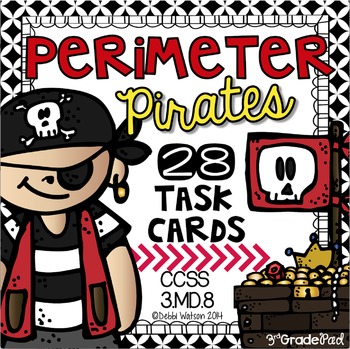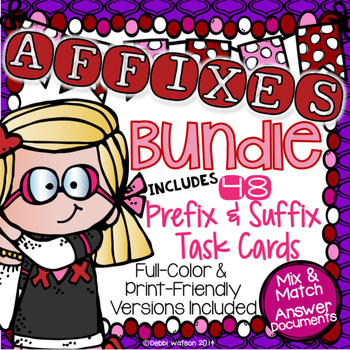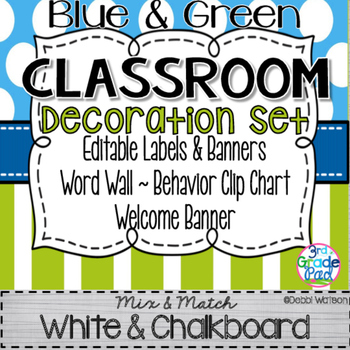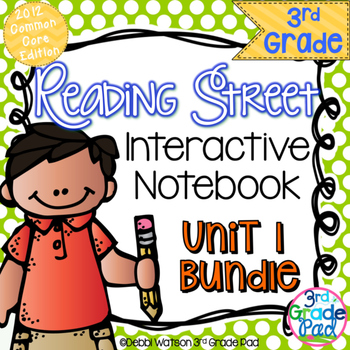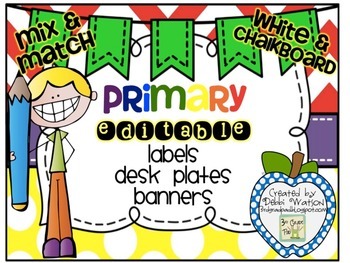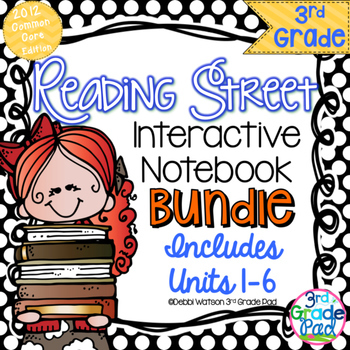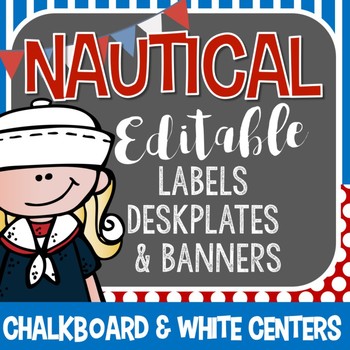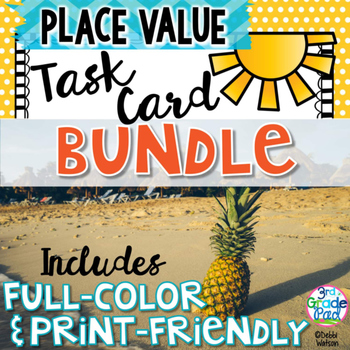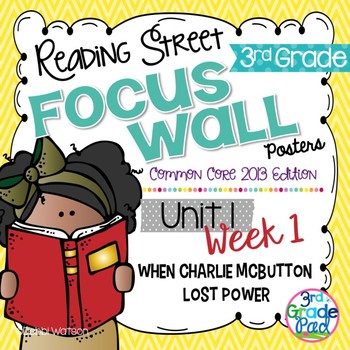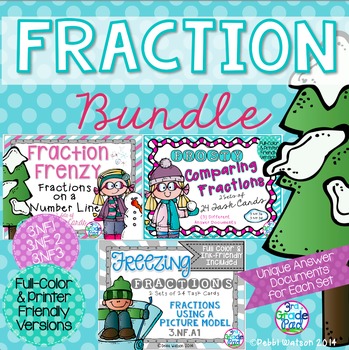Making the switch to doing my "Core Teaching" in small groups has been one of the biggest game changers in my classroom! It definitely didn't happen overnight. It took one baby step at a time to get to where I am now, and I couldn't be more excited to share what's working in my classroom
title image here
Why I Made the Switch
Studies show that whole group instruction does not reach all of your learners. Chances are, the students who are less engaged are the ones who need engagement the most!
How I Implement My Small Groups
Whether I have 3 or 4 small groups, I have a 4 Rotation System that works for me.
These four areas are specific enough that my kids have a definite idea of the expectation. However, it is also broad enough that some of the area could be switched up from time to time and STILL be covering content in a way that I prefer.
M could stand for anything you need! Math Facts, Math Journals, Math Games, Math...whatever!
For me, M stands for Math with the Teacher. This is my small group time. This is the first step in planning my lessons. I have found over time that starting with my my "on-level" kids works best. Why? For the most part, these students are most likely to grab onto the lesson. They are also the safest group to do the practice lesson. Because they are less likely to struggle, I can gauge how parts of the lesson are going before I teach it to future groups. Additionally, if I have a student who is still struggling, I will keep them for an additional rotation to get an extra "dip" of instruction.
I will usually work with my below-level students next. I don't want to be rushed with this group. Every minute counts. I have already identified areas of my lesson that may need to be improved, or identified a change in the pace, so this lesson should be perfect! Students who may have stayed on for additional instruction are free to leave once they get it or will be combining two of their future rotations together.
I usually end with my above level kids. Depending on where we are in the scope of the skill, I may be teaching an enrichment lesson. With my second graders ,for example, we may be covering arrays to 5 groups of 5. My above level friends might be ready for higher arrays or introducing them to multiplication.
This letter is ideal to designate for the Application of the math learned. I also like for my students to apply what we've learned right after leaving my table. I call this "At Your Seat Activity", but it could be called Applying Math or Application of Skills, depending on the age level of your students. I will often use this rotation to complete Independent Practice from our math series or to complete a Math Journal activity with our target skill.
Problem with early finishers? I tackle this by permitting my students to begin the NEXT rotation once they have completed the assignment. Not finished? They can't begin the next rotation until it is COMPLETE. The A & T rotations work really well to be combined (for three rotations).
I teach in a digital 1:1 district, so I have one rotation dedicated to using technology. This is also perfect for classrooms that have limited access to technology. If you are using shared devices, using a device for QR code task cards is a great way to use technology! Parents are often very helpful in donating old smart phones to use QR codes. I love using websites like IXL, Xtra Math, Moby Max, and Scootpad. It is easy to differentiate by each rotation, too!
My favorite rotation HAS to be the opportunity to push forward interesting games, task cards, and such to reinforce old skills, practice new skills, and provide enrichment opportunities. H means Hands-On Activities in my classroom. Student have the opportunities to leave their seats and have choices of working independently or with a partner. Children need repeated opportunities to have choices with concrete experiences. I feel we pull back on concrete experiences too quickly, but they really need repeated exposure. Problem solving with peers is so beneficial, too.
Small Group Management
I use simple, "timed" PowerPoints to manage my rotations. To prepare each week or day, I use a simple planning sheet to track my overall needs for the day. It makes it pretty simple to use the sheet to fill in my PowerPoints. I really try to set up Weekly contracts for some rotations so that I only need to update my small group or independent activities each day.
If I know that I will only have 45 minutes for rotations, I simply divide up the time into even increments, and change that one little setting on the rotations.
Bam! I never have to leave my small group table.
I add the "chimes" signal for my "Clean Up". We practice this A LOT at the beginning of the year. In fact, I teach the HOW of small group clean up, rotating, etc. by teaching review skills in groups to begin with. I will teach games that will go into the centers later and permit them to play at my table. This permits me to leave the table and monitor the other groups.
Once we've got the HOW mastered, the content can get deeper without fear of interruptions or improper behaviors. If you'd like to take a peek at my Math Rotations slides, click HERE to see all the options for your own classroom. Knowing that not everyone's classroom may work as mine, does, I created some options to cater to any classroom's needs.
































